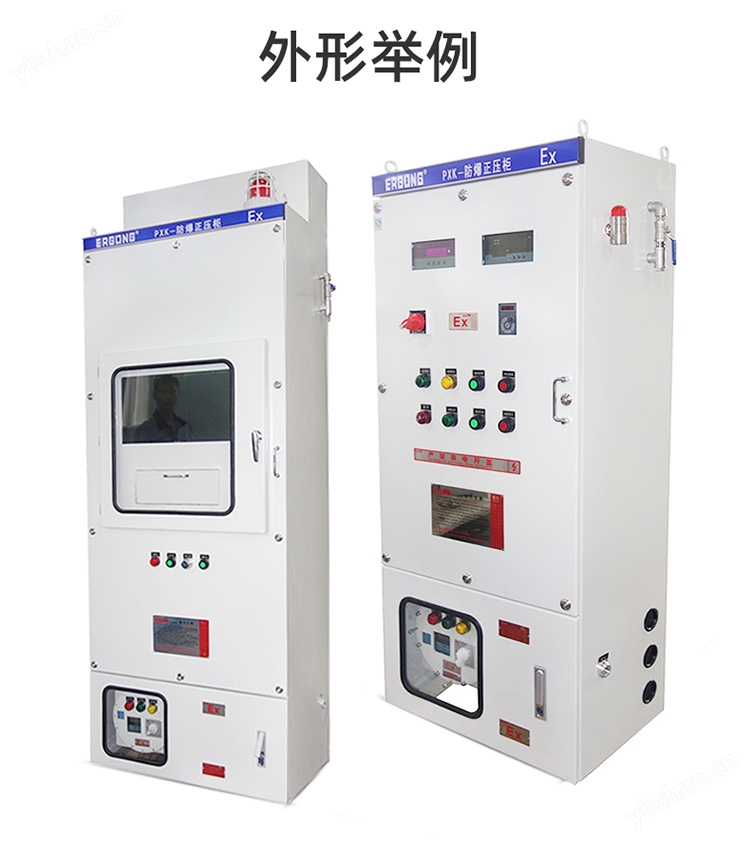Integrating Electrical Cabinet Hinges & Fasteners: A Seamless Connection Solution
In the realm of electrical engineering, the seamless integration of hinges and fasteners in cabinets is an essential aspect of ensuring reliability, efficiency, and safety. These seemingly mundane components play a pivotal role in the overall functionality of cabinets housing critical electronic equipment.
Electrical cabinet hinges, often made from durable materials like stainless steel or aluminum, serve as silent conductors of motion. They facilitate easy access to the interior while minimizing vibrations that could disrupt delicate electronics. The choice of hinges, whether ball bearing, concealed, or pivot, is crucial for providing smooth operation and preventing damage due to excessive force or wear.
Fasteners, on the other hand, secure the cabinet’s doors and panels in place, ensuring stability during use and protecting against unauthorized access. High-quality tamper-proof screws, nuts, and bolts resist corrosion and provide a strong, reliable hold. Some modern designs even incorporate locking mechanisms, en hancing security and reducing the risk of accidental disconnection.
hancing security and reducing the risk of accidental disconnection.
The integration process requires precision engineering and attention to detail. Compatibility between hinge types, material strength, and fastener specifications is paramount. This ensures a harmonious collaboration where each element complements the other, creating a cohesive unit that operates efficiently and quietly.
Moreover, environmental factors such as temperature, humidity, and electromagnetic interference need to be considered when selecting and installing these components. Proper installation techniques, including vibration dampening and grounding strategies, further contribute to the integrity of the connection.
In conclusion, integrating electrical cabinet hinges and fasteners is not just about mechanical function; it’s a testament to the sophistication and thoughtfulness of modern engineering practices. It’s a solution that ensures the longevity, performance, and safety of electrical systems, thereby contributing to the overall operational excellence of any industrial or commercial setup. As technology evolves, so does the quest for seamless integration, driving innovation in cabinet design and connectivity.